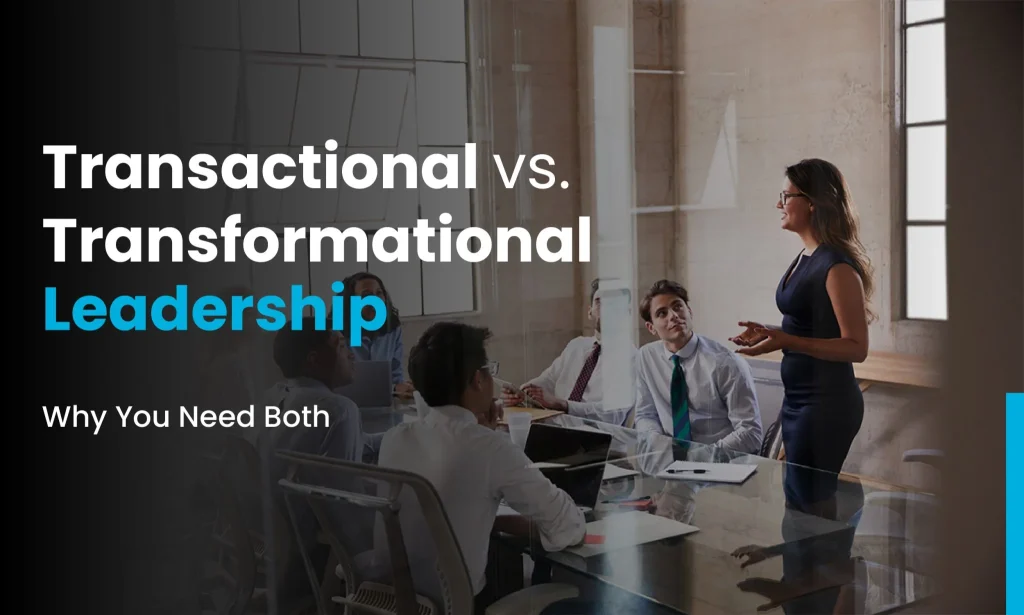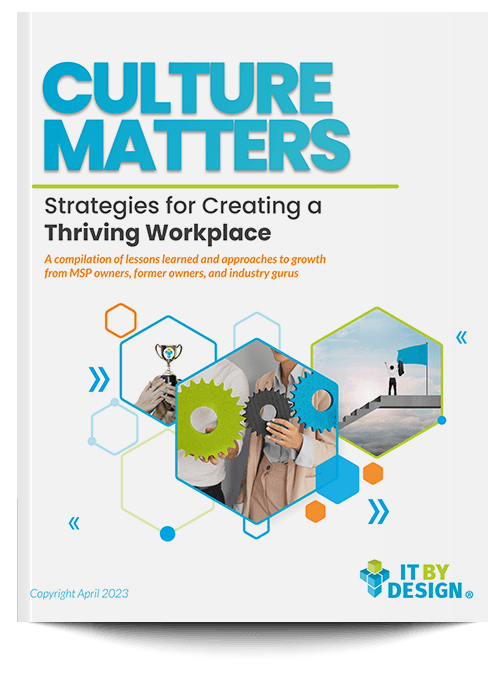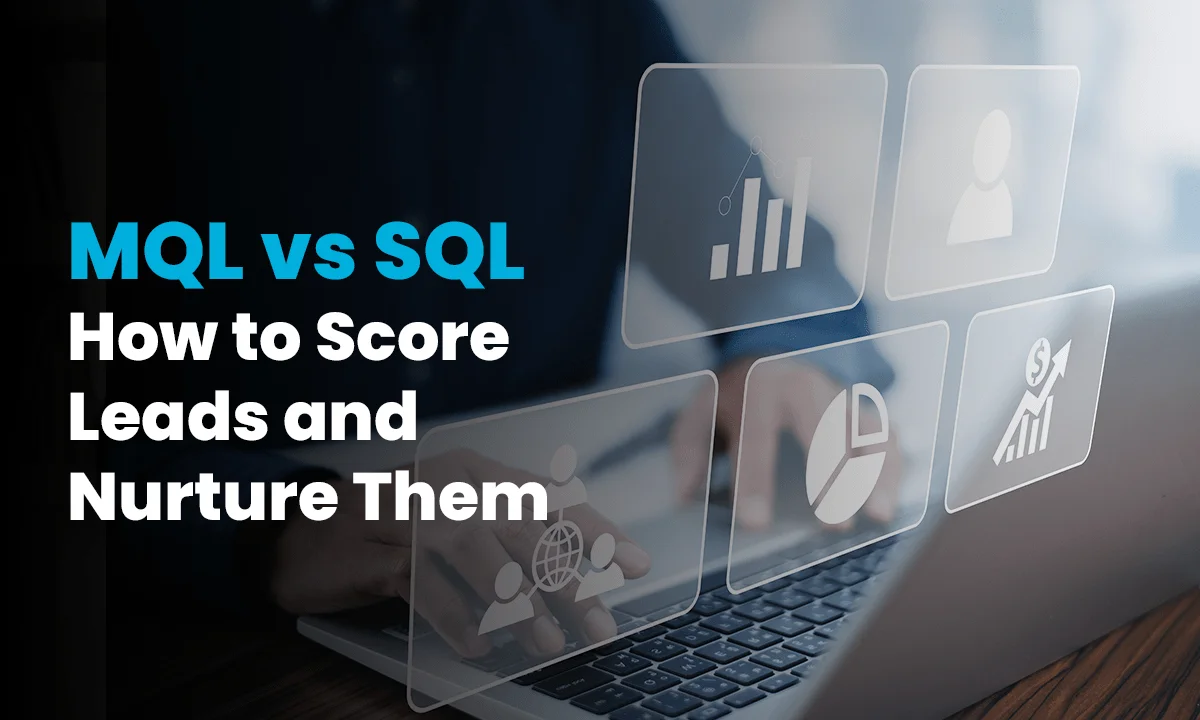Lead management is a subtle art that is becoming increasingly important. Realizing that not all potential buyers are created equal is essential when dealing with the wide variety of possible customers that need services.
Finding the degree of interest and purchase readiness in the lead pool requires a well-honed approach. This strategy includes two essential steps: lead nurturing and lead scoring.
Understanding the Foundation
Lead scoring is a systematic procedure that gives each potential buyer a numerical value, frequently expressed as points. Their engagement level is determined by a combination of attributes, from which these values are assigned. Every element counts toward the final score, including the formal information they submit, the activities they take on websites, the content they read and their interactions with the brand. The idea is straightforward: the higher the score, the more probable it is that a potential customer will become a paying client.
Concurrently, lead nurturing is a more complex procedure meant to involve, inform and establish confidence between a company and the consumer pool. Businesses engage in a strategic dance by offering pertinent and beneficial content that is customized for every phase of the buyer’s journey. Whether a lead is just starting to recognize an issue, weighing potential solutions or about to decide whether or not to buy, good nurturing walks them through each step with ease.
Crucial Distinctions: MQL vs. SQL
One of the most important things to understand is the difference between Marketing Qualified Leads (MQLs) and Sales Qualified Leads (SQLs). For the respective teams to effectively coordinate their efforts, this dividing line is essential.
Leads that show a significant level of interest in a good or service are MQLs. They fit the perfect customer profile, but they’re not quite prepared to buy. More knowledge, instruction and persuading are needed to influence their purchasing decision.
On the other hand, leads that have indicated a clear intent to buy are known as SQLs. They are now prepared to speak with a salesperson, see a product demonstration or get a quote because they have satisfied requirements like budget, authority, need and timeline.
Insights from the Field
A HubSpot survey from this year reveals how lead nurturing is changing. The results show that email segmentation is the most successful approach for providing a customized experience, according to 51% of marketers.
This emphasizes how important it is to use technology and data analytics to tailor communications and content so that the various lead pool segments will find them engaging.
The Art of Scoring and Nurturing Leads
How does one effectively start the process of identifying potential buyers and developing them into paying clients? While there are many models and techniques available, one popular strategy makes use of historical customer data to generate an all-encompassing value system. Here are the steps to follow:
- Envision the Buyer’s Journey and Buyer Personas: This entails developing a semi-fictionalized picture of the perfect client, based on data from previous customers and market research. It’s also critical to comprehend the phases a consumer goes through, from problem awareness to solution consideration to finalizing a purchase.
- Assign Points for Characteristics and Actions: Lead scoring criteria may include behavioral, contextual and demographic information. Points can be awarded according to a number of things, such as the size of the company, job title, location, email open rate, website traffic, content downloads, social media activity and other factors. It is also possible to use negative scoring to subtract points from leads that aren’t the best fit.
- Define MQL and SQL Thresholds: Determining whether a potential buyer meets the criteria for either category is a strategic necessity. The average deal size, sales cycle and business model all have an impact. It is possible to use different scoring models for different services, markets or channels.
- Segment Leads Based on Score and Stage: Categorization becomes essential after scoring is completed. Targeted communication is made easier by separating potential clients into groups according to their score and place in the buyer’s journey. Segments that receive customized offers and content can include awareness, consideration and decision stages.
- Create and Execute a Lead Nurturing Campaign: With a thorough grasp of the buyer landscape, companies can create and carry out programs to turn potential customers into actual clients. These campaigns are designed to offer value, education and trust. They can be distributed via a variety of platforms, including email, social media, blogs, videos, podcasts, ebooks, webinars, case studies and testimonials. Companies can optimize their strategies by regularly tracking and measuring the performance of their campaigns.
An Impactful and Important Business Process
Lead nurturing and scoring are essential for any organization hoping to increase sales and profits—these are not just fancy marketing terms. Businesses can improve team collaboration and dramatically increase customer conversion and retention rates by implementing this approach.
It is a strategic necessity to create a link between the sales and marketing teams, leading to a more unified and coordinated plan. It gives companies the ability to not only draw in leads but smoothly navigate those prospective customers through the complex process from first awareness to actual purchase decision.
For more content like this, be sure to follow IT By Design on LinkedIn and YouTube, check out our on-demand learning platform, Build IT University, and be sure to register for Build IT LIVE, our 3-day education focused conference, September 9-11, 2024 in Orlando, FL!







